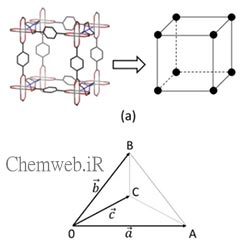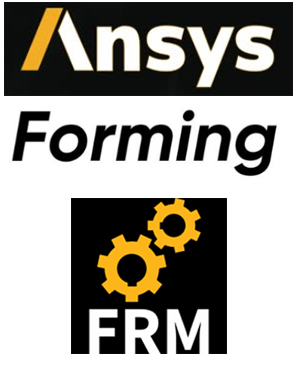
Simulating the structural phase transitions of metal-organic frameworks (MOFs) with control over the volume of nanocrystallites. Flexible metal-organic frameworks (MOFs) can undergo structural transitions with significant pore volume changes upon guest adsorption or other external triggers while maintaining their porosity. In computational studies of this breathing behavior, molecular dynamics (MD) simulations within periodic boundary conditions (PBCs) are commonly performed.
Abstract
However, to account for the finite size and surface effects affecting the phase transition mechanism, the simulation of non-periodic nanocrystallite (NC) models without the constraint of PBCs is an important alternative. In this study, we present an approach allowing the analysis and control of the volume of finite-size structures during MD simulations by a tetrahedral tessellation of the (deformed) NC’s volume. The method allows for defining the current NC’s volume during the simulation and manipulating it regarding a particular reference volume to compute free energies for the phase transformation via umbrella sampling.
The application on differently sized DMOF-1 and DUT-128 NCs reveals flexible pore closing mechanisms without significant biasing of the transition pathway. The concept provides the theoretical foundation for further research on flexible materials regarding targeted initialization of the structural phase behavior to elucidate the underlying mechanism, which can be used to improve the applications of flexible materials by targeted controlling of the phase transition.
More details in the link below






